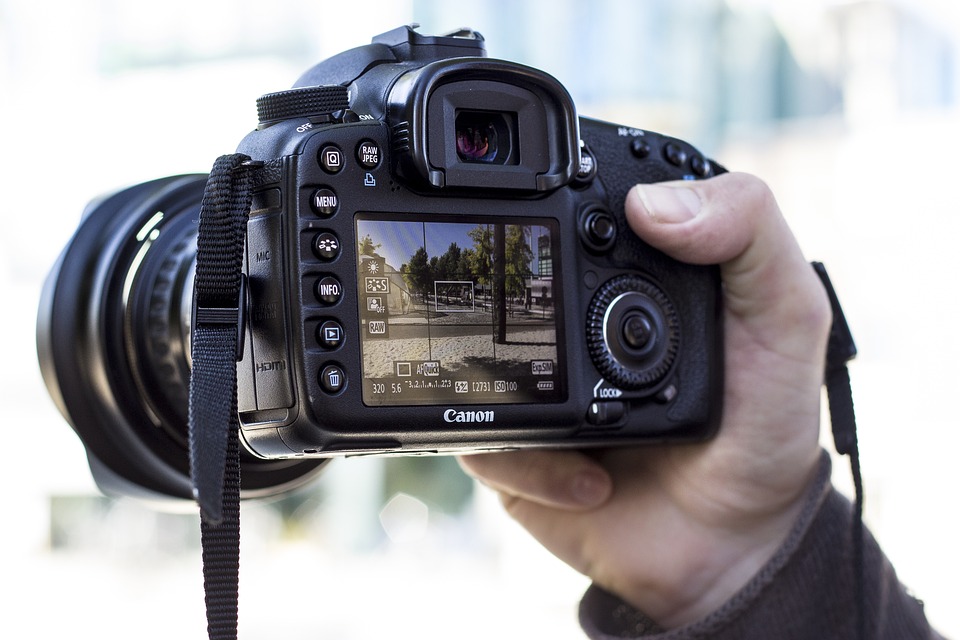Exploring The Different Types of Video Transitions and Which Ones to Use
Video transitions are essential elements of video editing that help create a seamless and professional-looking final product. Transitions serve as a bridge between two video clips, blending them together to create a unified and cohesive narrative. There are different types of video transitions available, each with their unique styles and uses. Knowing which type of transition to use and when to use it is essential for creating a smooth and visually engaging video.
Cut/ Hard Cut Transition
The most basic type of transition is the cut, also known as a hard cut or a straight cut. A cut transition is a simple and straightforward way to move from one clip to the next, with no effect or transition. The transition is abrupt, and the viewer can only discern a change in the content.
Cut transitions are often used in documentaries and news reports, where a quick change of scene or perspective is necessary to tell the story efficiently. However, cuts can become monotonous when overused, so it’s always wise to add a touch of flair and creativity when possible.
Fade In/ Fade Out Transition
Fading is a classic video transition that is often used to signal the beginning or end of a scene or a video. When a clip fades in, the image gradually appears on the screen, while the audio fades in as well. When the fade out transition is used, the image and sound gradually disappear from the screen, signaling the end of the shot or the sequence.
Fading transitions are ideal for creating a sense of time passing, transitions to signify a flashback or dream sequence, and signify a change of mood or tone in a scene. Fading transitions can be revamped by adding varying timelines, such as fades that take three seconds or longer, depending on the mood and tone of the scene.
Dissolve Transition
A dissolve transition is a soft cut transition that creates a smooth transition between two clips by merging their respective images. When using a dissolve transition, the previous clip slowly and gradually fades into the subsequent clip until the latter becomes visible on the screen. Dissolves are often used in romantic or sentimental scenes, as they create a sense of blending, and the resulting feeling is a grace of unity.
Dissolves are also used when there is an abrupt mood shift, like moving from a serious scene to a lighthearted one. Dissolve transitions make the change less jarring to viewers, allowing them to ease into the new tone seamlessly.
Wipe Transition
A wipe transition is a fun and creative way to move from one clip to the next. Wipes are often used in action movies and fight scenes or when a change in location is necessary. A wipe transition effect includes a moving line, shape or pattern wipes out the previous scene, and the next scene appears on the screen.
The dynamic nature of the wipe transition makes it an excellent option for a film with a lot of action or a creative story design; it adds rhythm and excitement to the video.
Conclusion
In conclusion, video transitions are essential for creating a good video, and using the right transitions is key for achieving a polished look. Choosing the right transition can elevate the shoot to another level, and doing it wrong can make the video awkward and jarring. Experiment with various types of transitions and find the perfect one that suits the video style, mood, and overall feel of the project. Being well-versed in transitions can make the difference between a great video with a great story and just a good one.
